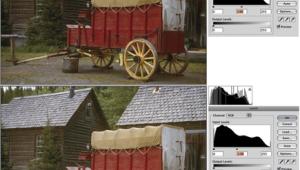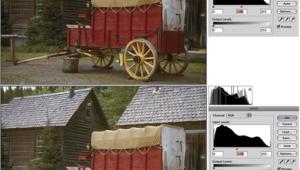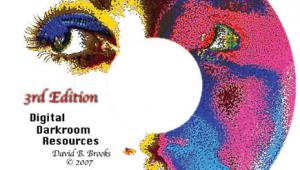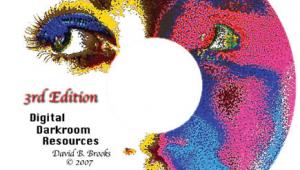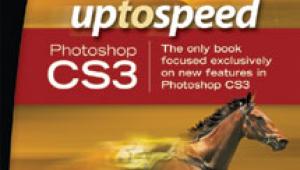The Digital Darkroom
Using The Info Tool To Create Better Prints
In color photography there
are six photographic colors (red, green, blue, cyan, magenta, and yellow)
plus density and contrast. In order to look at a print and correctly
identify what might be wrong with the color balance it is necessary
to learn what those six photographic colors look like so you will know
them when you see them. |
|||
No matter how
well your system is calibrated, you will not always get from your printer
what you think you see on the monitor. The reason is complicated, but
the short explanation is that what you see on the monitor is color from
glowing phosphors while what you see in the finished print is color by
reflected light. The act of calibration is the act of trying to get those
two different mediums to match as closely as possible. But even when calibrating
is done very well, there remains some large problems that show up when
you try to do critical color work. This is where the Info tool comes into
play.
Getting Info From The Info Tool |
|||
What It Measures |
|||
Assuming that you have properly calibrated your computer system, the next step is to adjust the color, density, and contrast of your image until you have what you want on the monitor. At that point, and before you send the electronic file to the ink jet printer, get the Info tool and check three things: Setting D-max |
|||
Setting Color Balance |
|||
Checking Highlights Making Changes |
|||
Darryl Nicholas has a CD-ROM that he normally sells on his web site for $19.95. It instructs on how to perform a color calibration on your PC computer system with your Epson ink jet printer using only the tools found in Adobe's Photoshop. Write him care of the magazine, and he'll tell you how "Shutterbug" readers can get the CD-ROM for only $3.00. Write to him care of editorial@shutterbug.net. |








